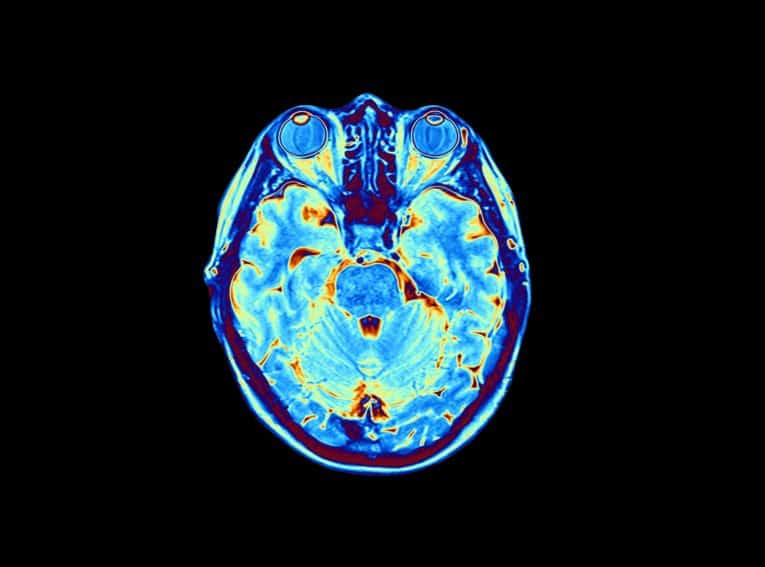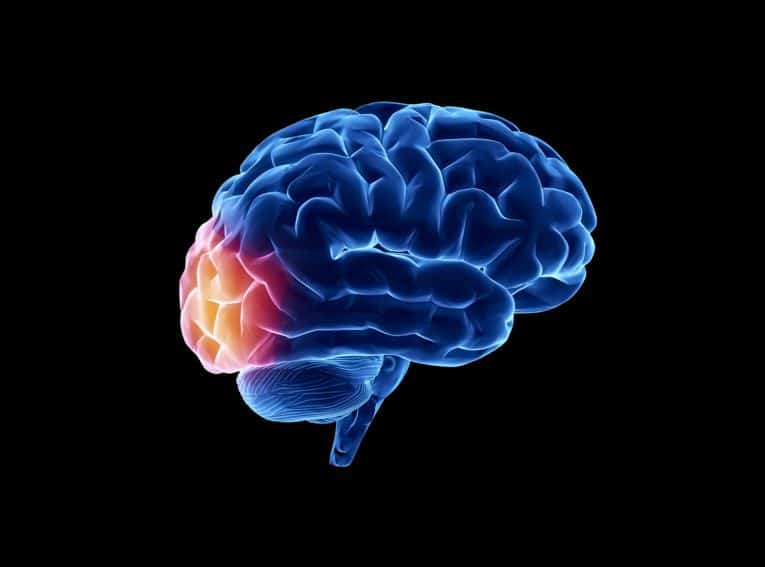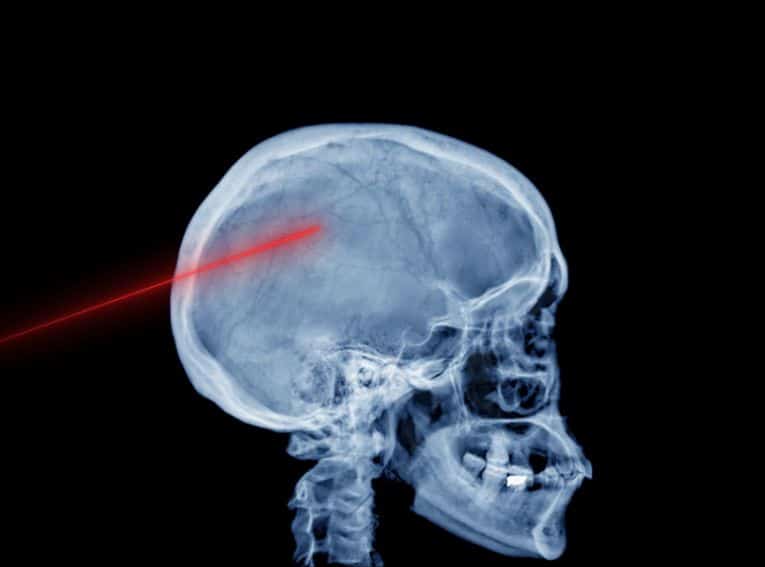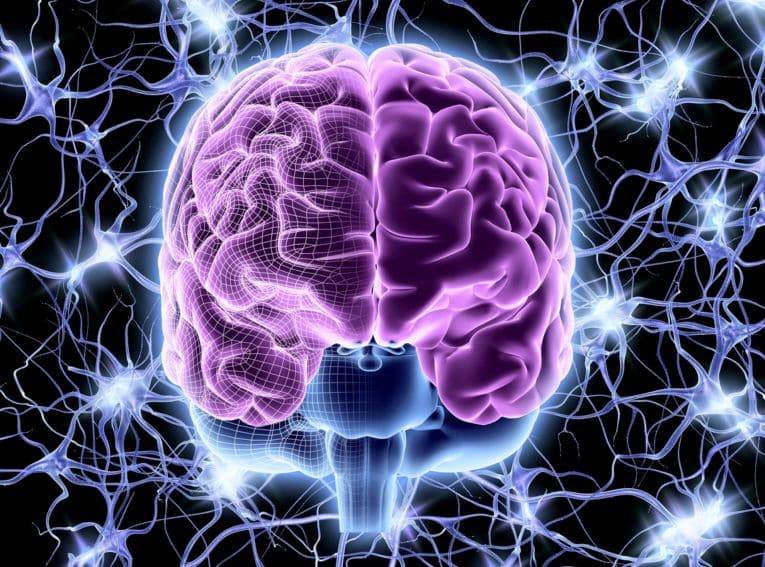
Brain Surgery
Conditions We Treat
Chiari Malformation
Chiari malformation (CM) is a structural abnormality in the brain in which the cerebellum is located in a lower position than usual. This happens when the skull is abnormally small or misshapen. Under normal circumstances, the cerebellum is situated at the lower rear of the skull, above the foramen magnum (the opening to the spinal canal). When Chiari malformation occurs, the cerebellum is located below the foramen magnum. In this location, more pressure is exerted on the cerebellum and medulla (brain stem), and the functions they control, including balance and motor control, may be adversely affected. This condition may be congenital or develop as the patient grows and it may or may not result in symptoms.
Types of Chiari Malformation
Congenital Chiari malformation, also known as primary Chiari malformation, may be the result of a genetic defect or may be caused by inadequate maternal nutrition during gestation. Acquired, or secondary, Chiari malformation can develop later in life either because of infection, exposure to toxic substances, or as a result of excessive drainage of spinal fluid from the body through injury or as a complication of surgery. The congenital form of this disorder is the more common one.
Chiari malformations are further categorized into several types, the symptoms and severity of which may vary. Type I, the most common variety, is the only type that can be acquired. Patients with Type I may be asymptomatic. It is possible for patients with some types of CM to be free of symptoms in adolescence, but develop symptoms later in life.
Patients with Chiari malformation may also present with a concurrent spinal or brain abnormality, such as:
- Hydrocephalus
- Paralysis
- Spina bifida
- Syringomyelia
- Tethered cord syndrome
- Spinal curvature
Symptoms of Chiari Malformation
As noted, patients may have no symptoms with Chiari malformation.When symptoms are present, they may vary in type and severity depending on the extent of the buildup of cerebrospinal fluid and the pressure on adjacent nerves and tissues.
A major symptom in infants is difficulty being fed because of swallowing problems. This may lead to gagging and vomiting and a subsequent inability to gain weight. Other symptoms of Chiari malformation in infants may include excessive drooling, stiff neck, or breathing difficulties:
In adolescents or adults, symptoms of this disorder may include:
- Muscle weakness
- Odd sensations or numbness in arms or legs
- Visual difficulties, dizziness, balance problems
- Difficulty swallowing
- Tinnitus or hearing loss
- Insomnia or depression
- Headache worsened by straining
- Diminished fine motor skills
In some rare variations of CM, patients may experience other serious neurological problems.
Diagnosis of Chiari Malformation
In order to diagnose Chiari malformation, a full medical history is taken and a comprehensive physical examination is administered, including an assessment of balance, reflexes, cognitive and motor skills. If Chiari malformation is suspected, diagnostic imaging tests, such as X-rays and CT or MRI scans will be administered. Some cases of this disorder are diagnosed during imaging tests for unrelated issues in adults who have no symptoms of CM.
Treatment of Chiari Malformation
For patients who are not experiencing any symptoms of Chiari malformation, all that is usually necessary is medical monitoring. When the condition is causing problems, however, surgery may be necessary to make more room for the cerebellum and to relieve pressure on the spinal cord. The surgery performed is usually a posterior fossa decompression surgery to correct abnormal bone structure or a spinal laminectomy during which part of lamina (the bony roof of the spinal canal) is removed to increase the diameter of the spinal column and reduce pressure. Sometimes, additional tissue is added to the area to allow for increased flow of spinal fluid.
In infants and children, surgery may be performed to reposition the spinal cord and to close the opening in the back if the patient has spina bifida. In situations in which the patient has accumulated excessive cerebrospinal fluid, such as hydrocephalus, a shunt may be inserted to drain the excess fluid and relieve intracranial pressure.
Welcome to the office of neurosurgeon Dr. Vikas Rao, where your health comes first. Below are some of the neurosurgical treatments that we offer in Mission Viejo, CA:
Contact us today
Your concerns are important to us, and we want to make sure all of your questions are answered so you understand your options. Please contact our office with any questions, and our team will be happy to assist you.
Give us a call
We're open to serve
Book an appointment
Our doctor and staff are devoted to our patients. Please fill out the form below with any questions or to schedule an appointment and our team will get back to you within 24 to 48 hours.





